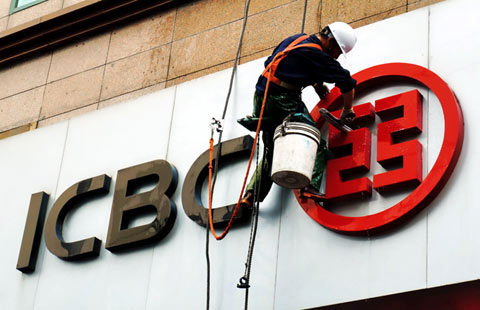Reforming the capital market
By Yin Zhongli (China Daily) Updated: 2014-05-14 07:22New guideline stresses the market's role in listings and delistings and is expected to smooth out financing and equity incentives
In a move to create a more transparent and multilayer capital market and promote its healthy development, the State Council promulgated a guideline detailing an array of capital market reforms on Friday. The guideline, called the "New Nine State Regulations" to differentiate it from the one published 10 years ago, has drawn wide attention from the market, given that it has come at a time when China's stock market has been in a dire recession for years and hopes were high that the authorities would act and make changes.
|
 |
 |
The promulgation of the new guideline also came as China is striving to open up its tightly controlled financial sector amid its economic slowdown, and it has thus sparked fresh expectations that economic development will be bolstered through some substantial reforms aimed at rejuvenating China's lackluster capital market.
Compared with previous government documents, the guideline encourages listed companies to set up a market value management system, the first stipulation of its kind in a State Council document, and urges them to improve their equity incentive mechanism and allow their shares to be held by employees in various forms.
Different from those in the West, China's stock market has a heavy State-controlled equity structure, in which directors of a majority of listed companies with State holdings are not allowed to hold shares and their chairpersons are usually appointed by the government rather than chosen by shareholders. As a result, what their management personnel most care about is how to retain their positions instead of how to maximize the company's profits. Under such an equity model, ordinary shareholders have no voices in decision-making.
- 7 amazing ways to mark World Cup
- Reforming the capital market
- China Southern weighs Slovenian deals
- Job search in China remains a struggle
- China committed to global financial stability: FM spokeswoman
- China to build 12 power transmission lines
- Weakening momentum tests nation's resolve to restructure
- April sales adding fuel to fears of property bubble















